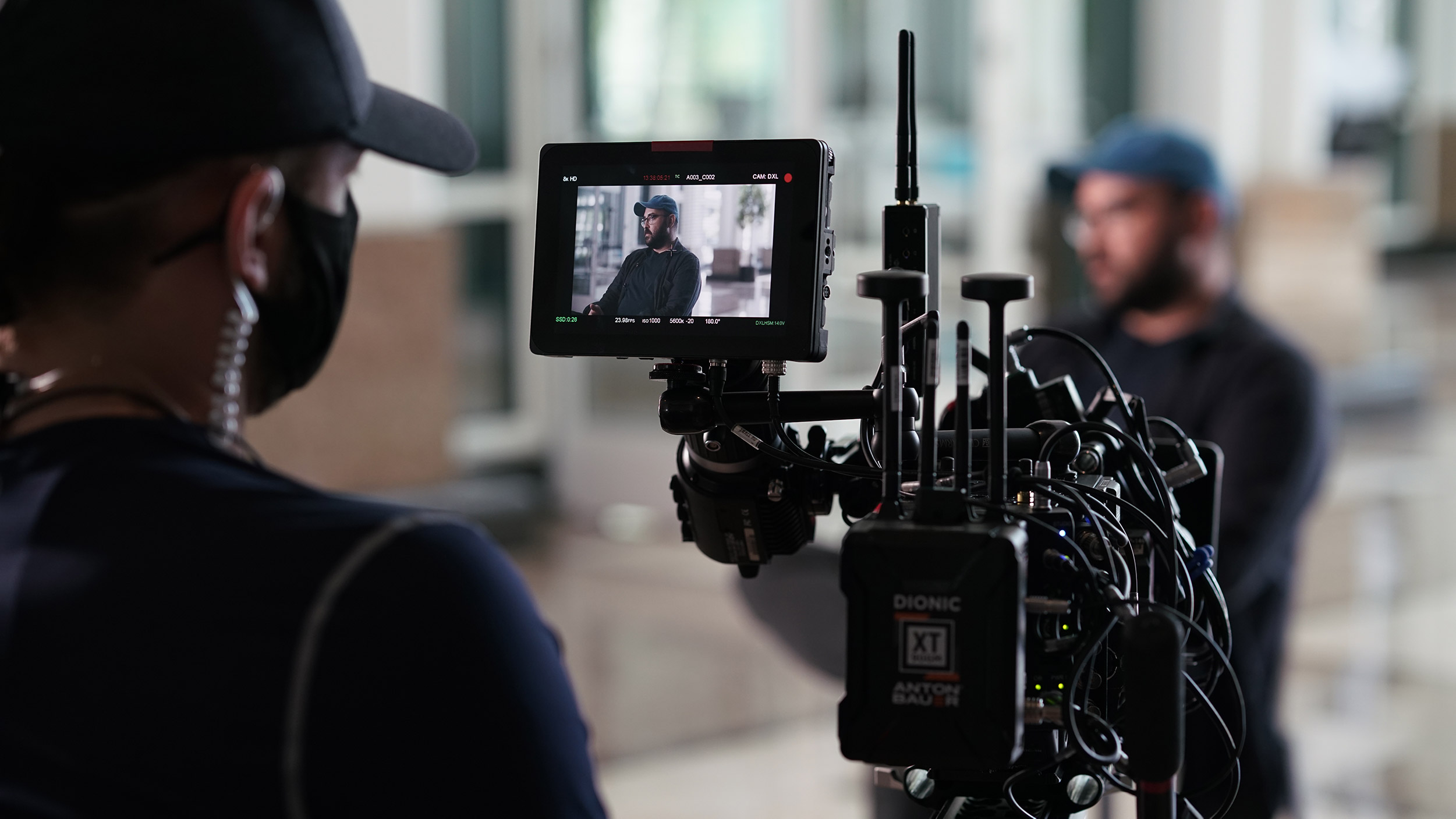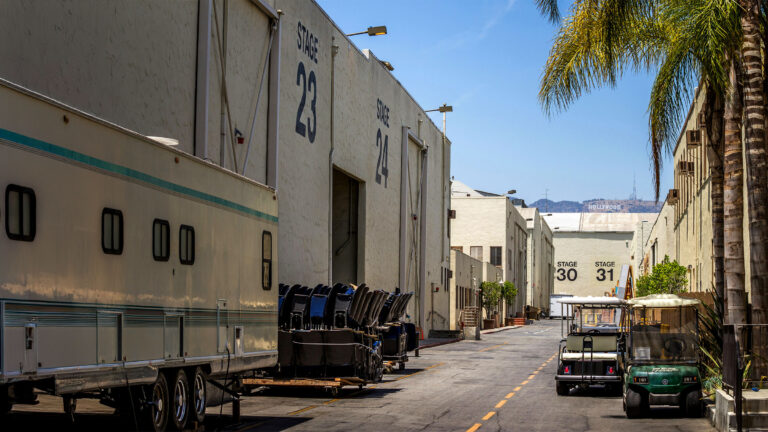It’s an unfortunate truth that cataclysmic events often catapult technological advances.
Similar to how the 2011 tsunami in Japan accelerated the move from tape to digital, the pandemic of 2020 accelerated the shift to remote and distributed content creation.
Over the past year we’ve seen a major change in the way film and video gets made—from Hollywood movies to social media and everything in between.
While we were already well on the way to embracing new ways of working, the rapid adoption of remote production tech over the last year means that robust on-set internet will be standard operating procedure from now on.
It’s not just for cameras or dailies. It’s also for controlling lights. It’s so the crew can use their phones and apps to communicate on and off set. And it keeps producers in sync with the studios and vendors as schedules change.
All of these needs mean that robust networking will become mission critical for video production teams.
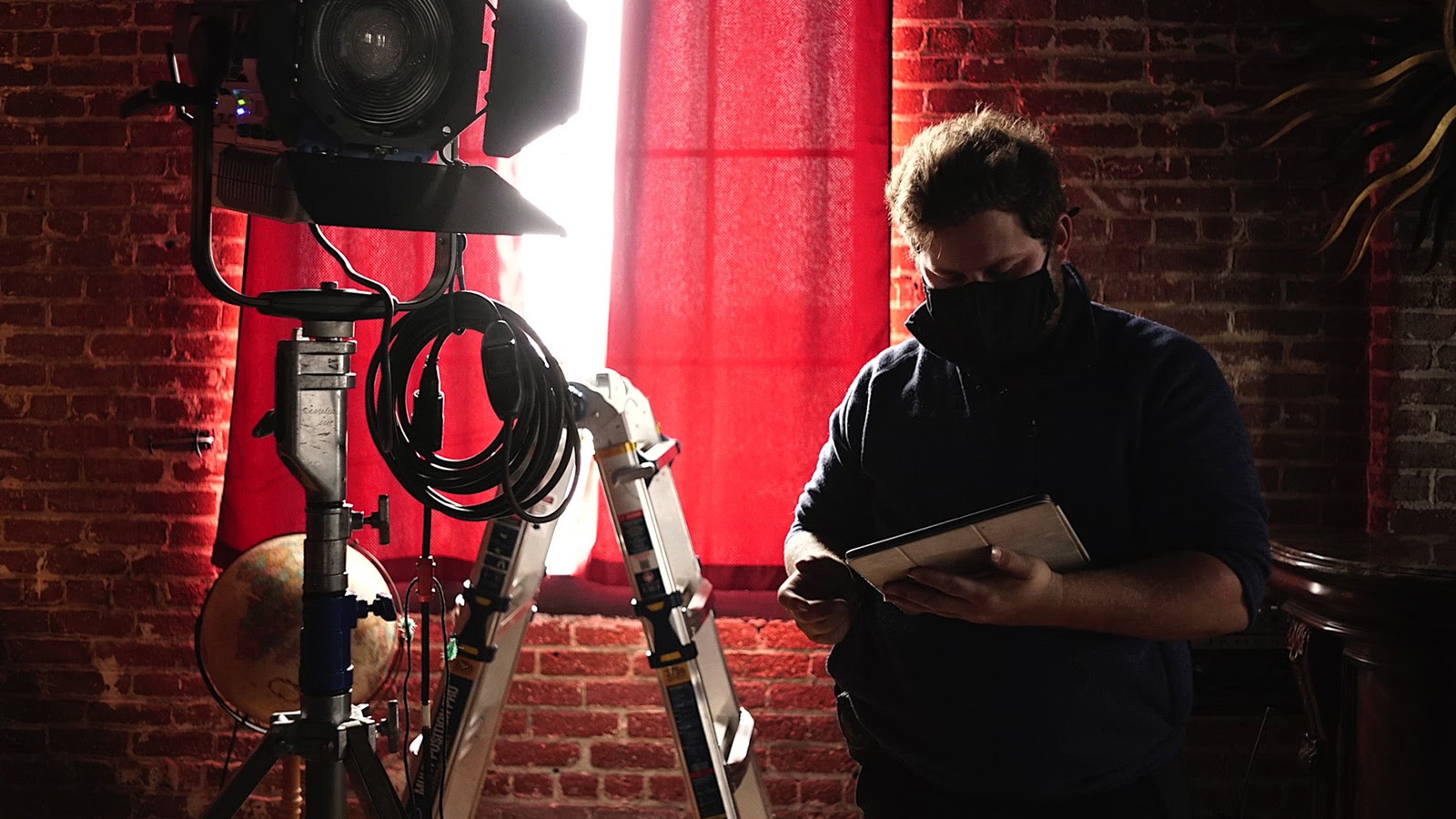
We’ve previously covered the how-to of getting the internet to the set, but that leads to the next big question: Who on the set should be responsible for the internet?
Why we need the internet on set
First, let’s take a quick look at some of the ways people actually use the internet on the set.
We listed a few earlier, but let’s break those down a bit and find out what they actually mean.
Today, many members of the production team can’t physically be on the set for a variety of reasons. Whether it’s because of pandemic safety restrictions, geographical distance, or simply a busy schedule, producers and directors may find themselves somewhere other than where the content is being captured.
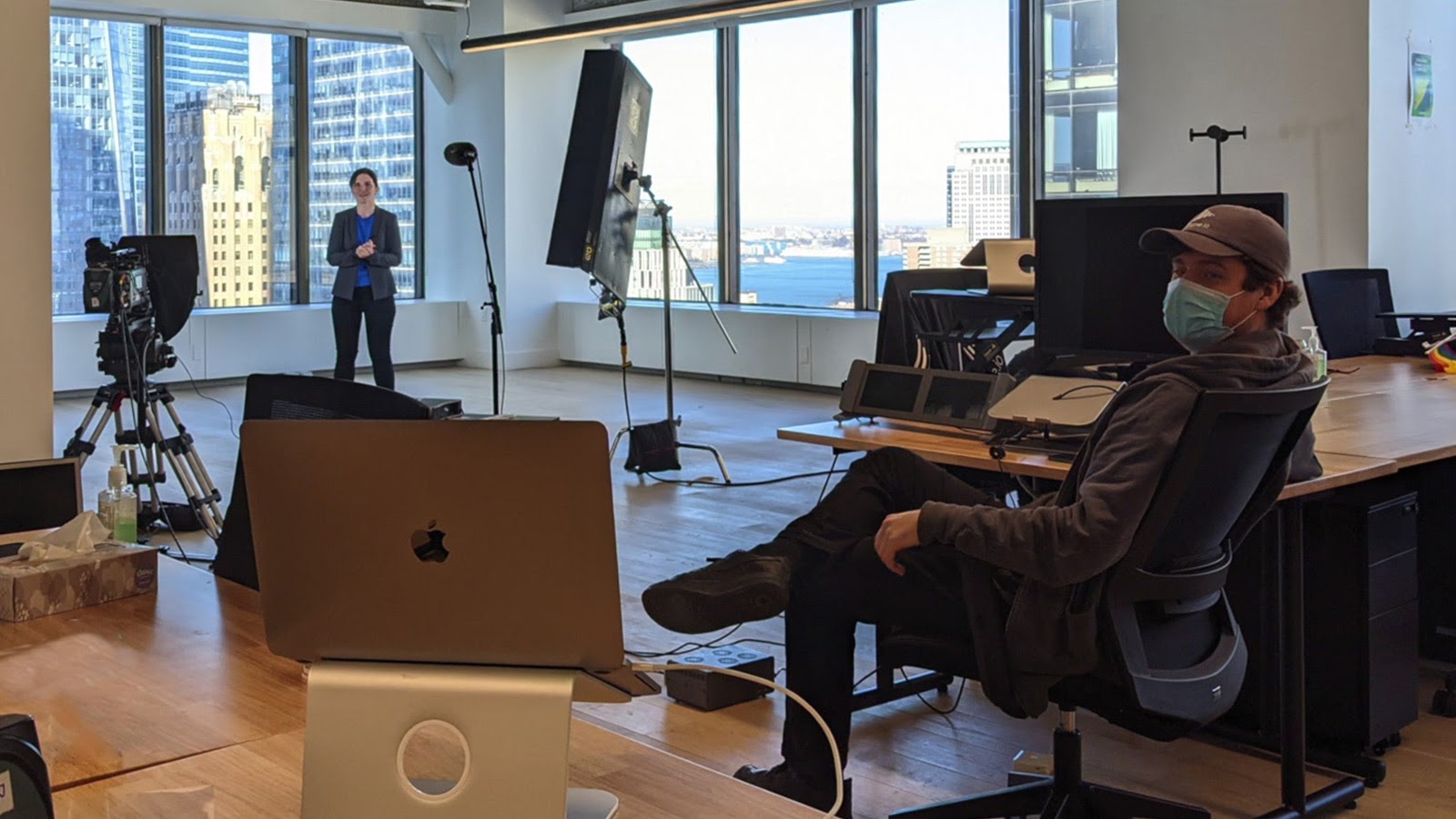
In those cases, though, they still need to communicate with talent and other crew members.
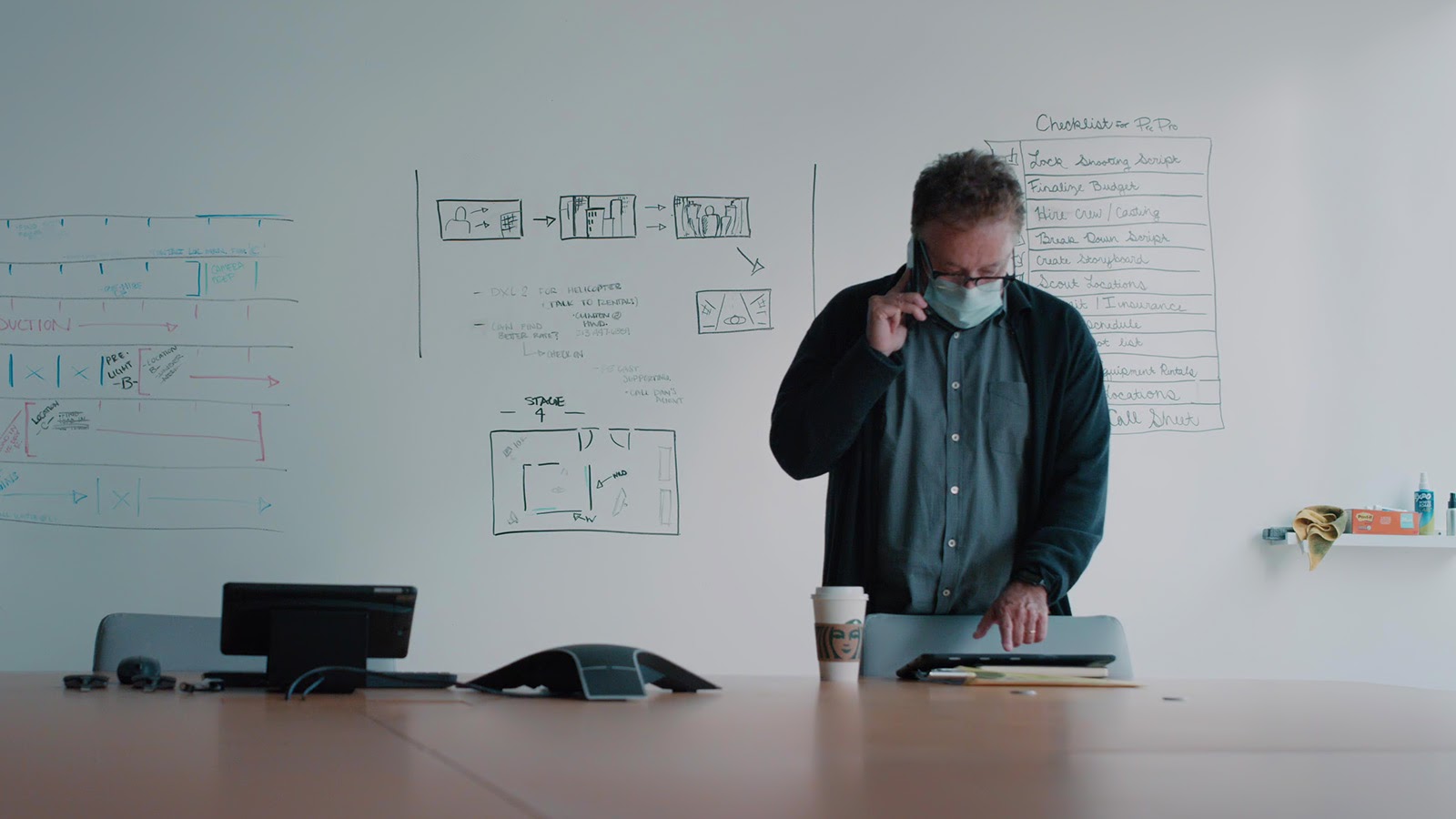
During interview shoots, for example, the interviewer may not be able to be in the same room as the interviewee. In these instances, productions have developed workflows where the interviewer is connected to the set using a video conferencing app. This allows the interviewer to stay engaged with the subject from a remote location.
Likewise, on other shoots, production team members may need to see what the camera is seeing so they can give notes or direct the shoot at a time when the feedback is actionable—not hours or days later.
Crews are already leveraging several of the small-footprint, relatively inexpensive streaming devices available on the market today, as well as coming up with creative ways to connect a camera to a video-conferencing or transmission service on the web. With a live stream, remote stakeholders can stay connected with the on-set crew and feel confident that the content is being captured.
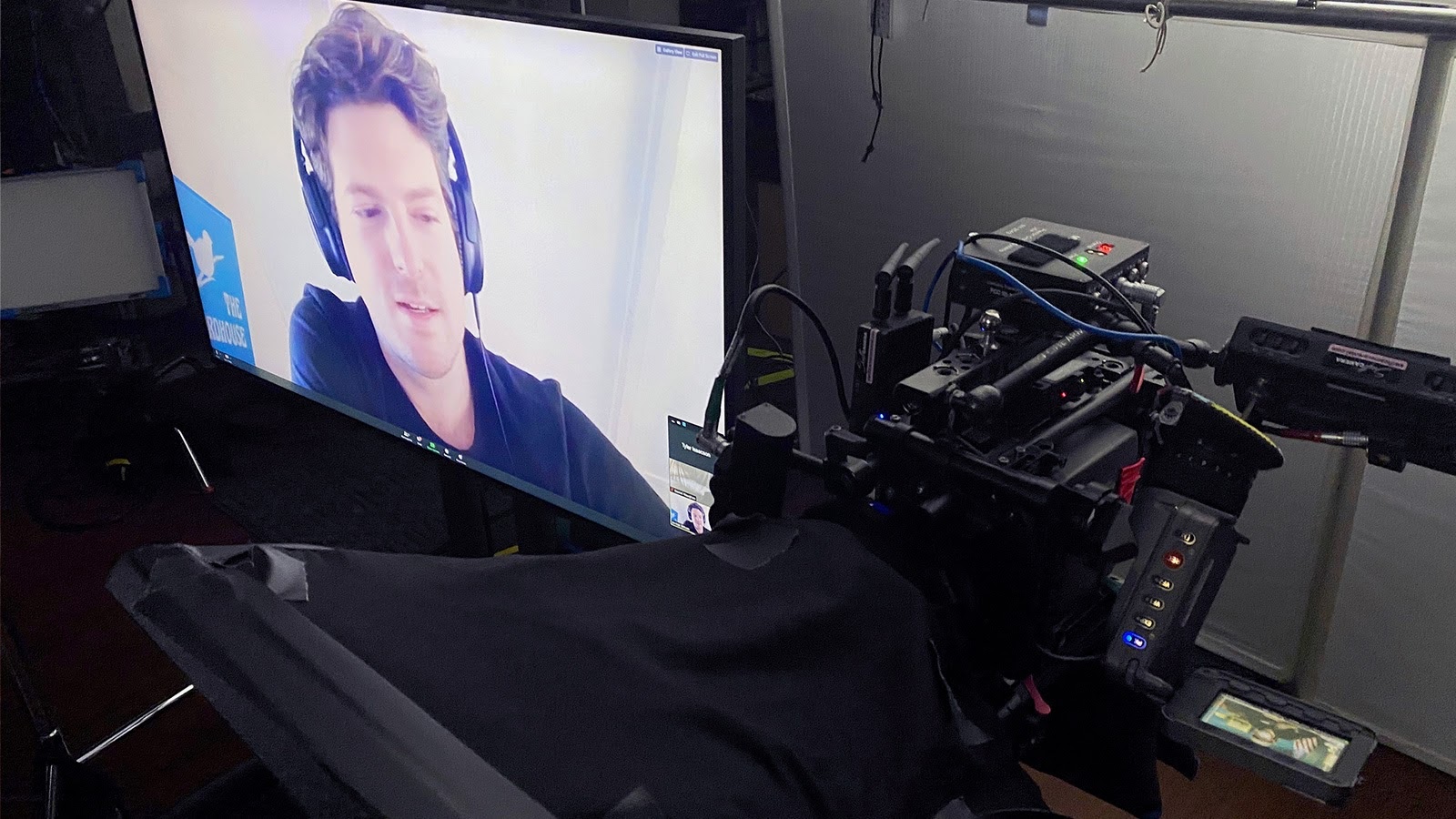
But while a live stream is great for immediacy, the drawback is that you can’t rewind or identify specific takes for playback.
Think of directors working with a second unit or VFX supervisors who need to see the playback of a take to make sure they have what they need before moving on. That function is normally handled by the VTR technician when everyone’s on set, but it becomes challenging when people are in different places.
This is where solutions like Camera to Cloud come in. C2C creates proxies in real-time and automatically uploads them to Frame.io for instant off-set review.
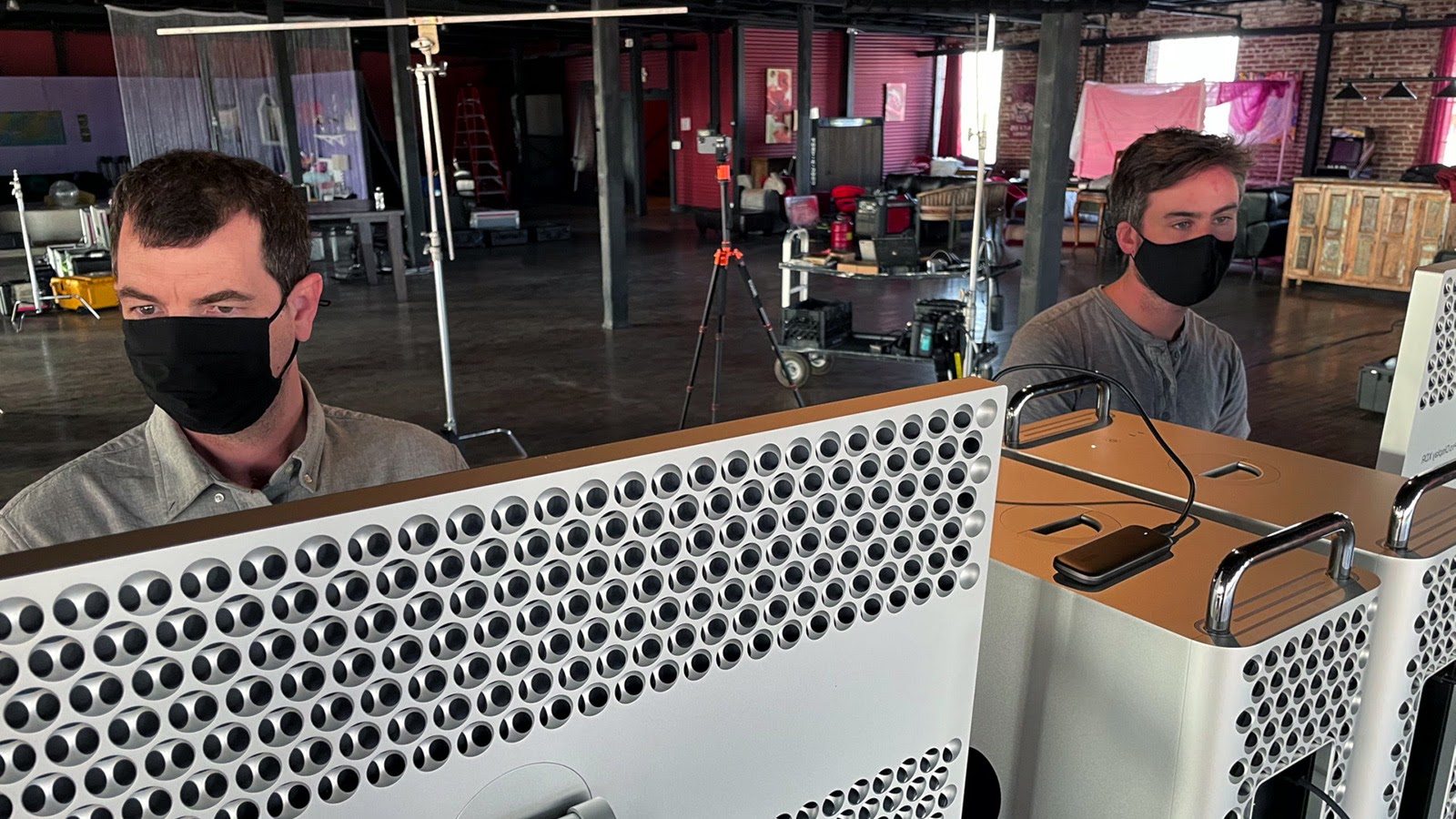
Additionally, because they are timecoded and have the original camera filename, they can be used temporarily in a timeline until the original camera files arrive.
With instant proxy workflows, remote crew members can feel like they have their fingers on the pulse of the shoot as they normally would if they were on the set.
These are only a few specific examples, but they all depend on a stable and consistent internet connection to achieve.
So, again: whose responsibility is that?
Finding a home for the internet
The internet connection on the set can come from many different sources, including 5G, LTE, and in-house networking.
But getting the internet to the set is just the first step.
Once the connection is established, devices on the set need a way to actually make use of that connection. This requires someone to manage both the connection and the local network it serves.
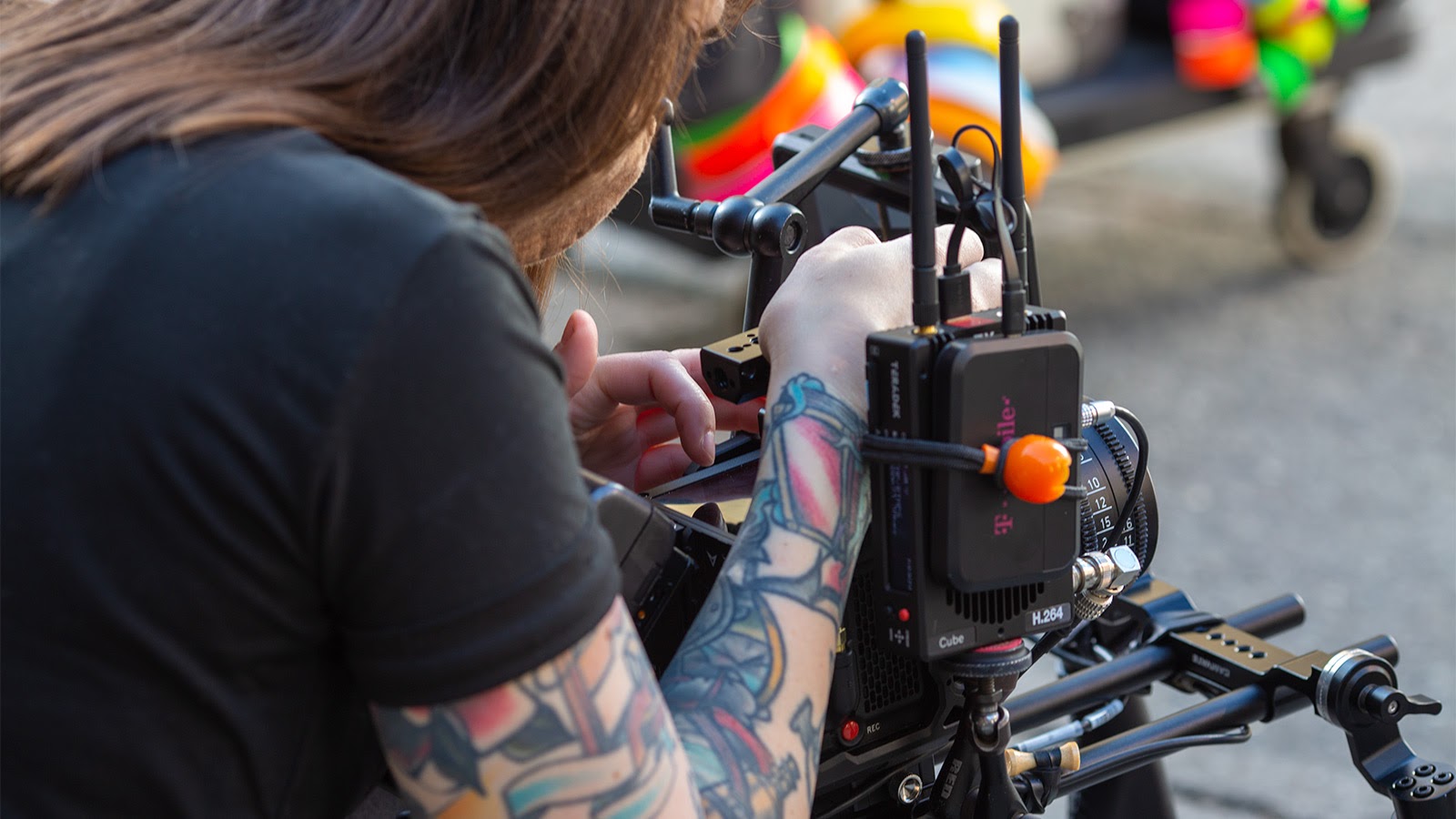
Even when the internet and network are provided by the location—whether that’s a stage, office, or practical location—someone on the crew needs to make sure that the on-set devices stay online.
Equipment like modems, routers, meshpoints, and antennas must be set up and maintained. Security needs to be established and monitored. Client devices like computers, streaming boxes, and cameras need to be connected and provisioned.
Managing that network is a big job. All of these responsibilities would normally fall under the role of an IT department—but there’s no dedicated IT department on set. Yet.
Think of it in terms of existing crew roles.
No one ever has to ask, “Where are we getting lunch today?” That’s what Craft Services is for. And you never have to wonder, “How are we going to get power for the shoot?” The Best Boy will get it done.
So why do we have to ask, “Who’s handling the network?”
New responsibilities for existing roles
But it’s fair to ask, is there already an on-set department that could (and would want to) take ownership of this new set of responsibilities?
There are two obvious choices we could start with: the DIT in the camera department and VTR in the video department.
Both DITs and video technicians have been providing much of the networking and internet capabilities to date. Both have tackled tasks like video streaming, proxy uploads, and video conferencing—which means that both roles have overlapping expertise when it comes to enabling these new workflows and technologies on the set.
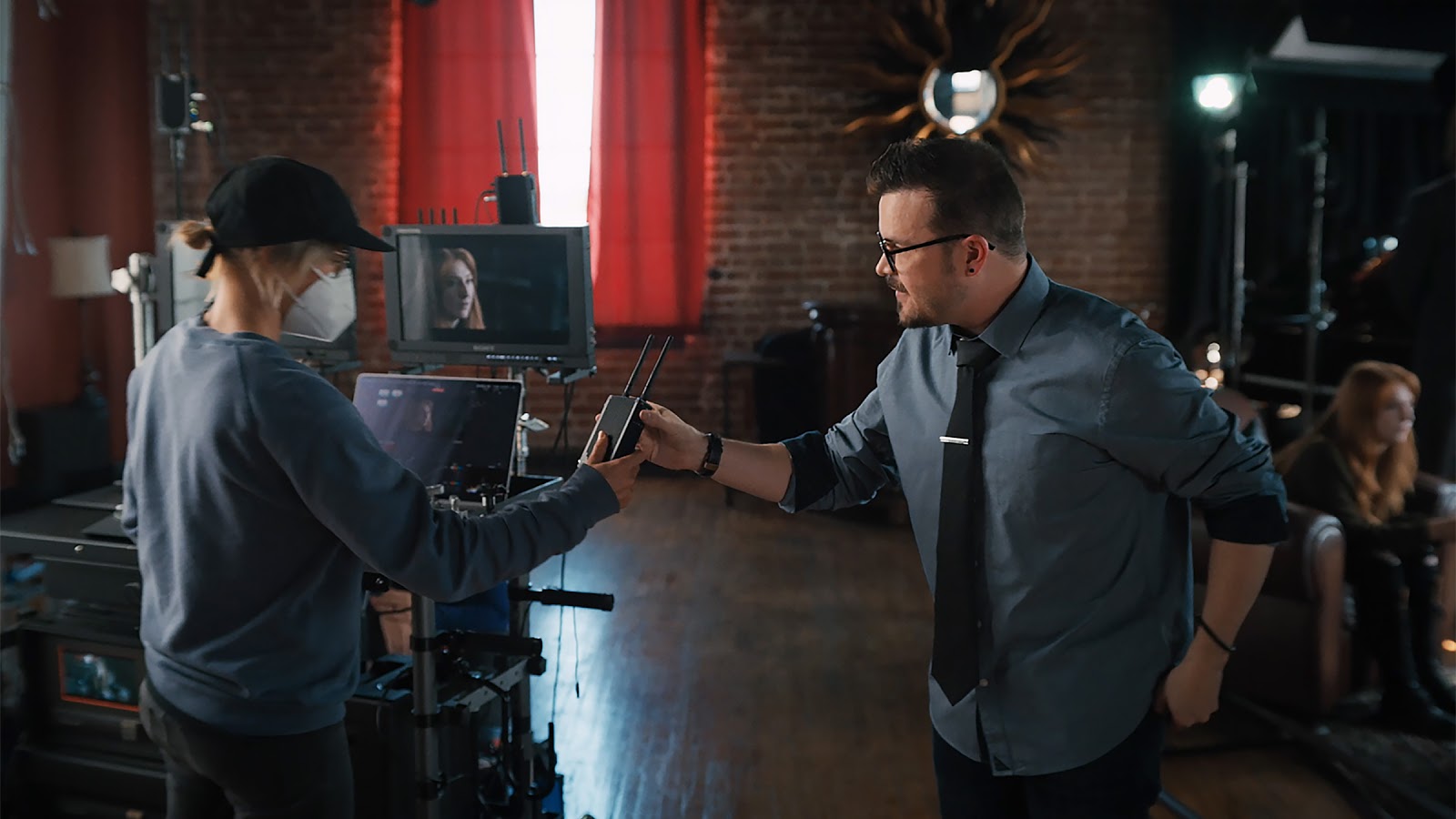
As part of the camera team, the DIT is the shepherd of the image from capture to transmission. The DIT sends the image around the set, applies color, manages the data, and often processes dailies. DITs are skilled technicians, and already deal with wireless signals when supporting the various wireless transmission systems that cover the set today.
The VTR technician is a role that’s been on production sets for a long time. Responsible for video playback, they capture proxies from a video feed so when creatives need to review takes, the VTR technician can cue up the proxies and control playback. They also capture metadata like scene, take, and lens information so that takes are easier to find. But in today’s world where creatives can’t always huddle around a bank of monitors, they’re responsible for local video streaming to tablets, and are already equipped to build networks for these use cases.
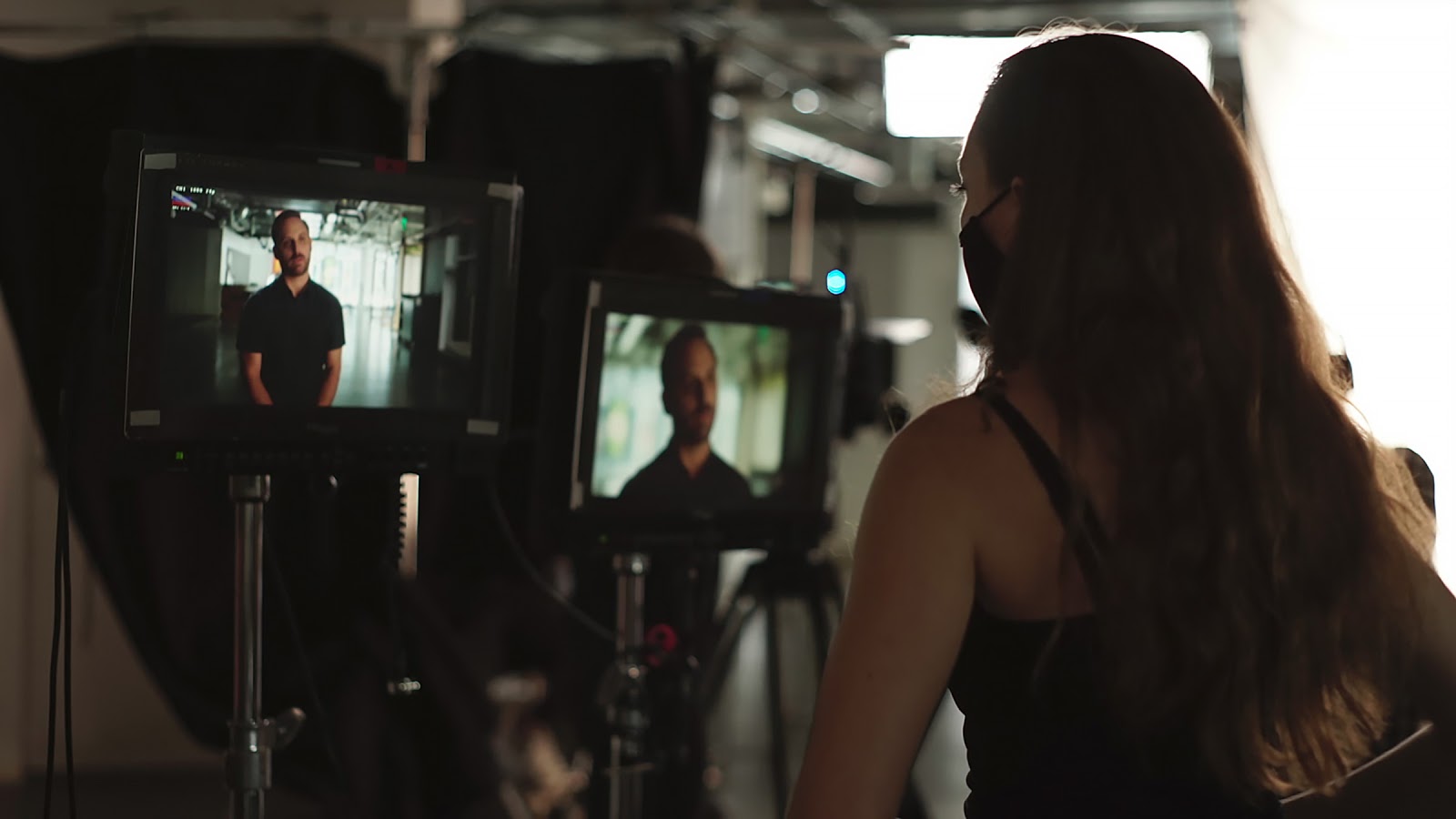
While both roles have many of the skills and the expertise to deploy and maintain a network on the set, it’s important to acknowledge the hefty slate of existing responsibilities these roles already handle. It’s impractical to expect DITs and VTRs to add even more to their list of duties, especially on larger shoots.
Again, to put this in terms of other crew member roles, you wouldn’t ask the Script Supervisor to actually write the screenplay, or Crafty to actually grow and harvest the food. So we should be careful before piling too many more responsibilities onto DITs and VTRs.
Also, while DITs and VTR technicians are common on large-scale production sets for movies, TV, and commercials, they’re less common on shoots that aren’t necessarily part of the media and entertainment world, or are more run-and-gun kinds of productions. Yet even those productions now require internet connectivity.
A new role?
So what if the right role to own on-set networking isn’t yet on the set today?
Think about it: VTR tech wasn’t a role until there was video playback technology. And the DIT wasn’t a role until digital cameras came about.
Maintaining reliable internet connections for all the production devices in the field, on location, and on a stage is a difficult job that requires both technical skill and dedicated attention/time.
That’s why it might be time to think about having a dedicated production network manager on the set.

This new role would be responsible for finding the best way to get the internet to the set, building a local network, and making sure client devices can connect to that network.
They could be involved with the production from the scouting stage to advise on what the possibilities, limitations, and requirements are for a given shooting location and can then put together the right package of tools to ensure the production has what it needs to reliably work on the internet.
Then, once production starts, they can maintain and monitor the network, making sure the right devices get connected and stay connected.
The DIT and VTR roles can focus on what they do best, including managing video signals and playback, without needing to worry about IT issues. In fact, having a production network manager assume that role could conceivably make the DIT and VTR techs’ lives a lot less stressful if they don’t have to worry about troubleshooting when there are connectivity problems.
This new role would also open the door to new types of skillsets on crews, and empower DITs and VTRs who are already handling networking responsibilities to offer their expertise to more types of productions.
The Gear
Regardless of whether that on-set network manager falls into an existing role or becomes a new one, they’ll need the right tools to get the job done.
In our article about getting the internet to the set, we outlined a few sample networking packages.
These are a great place to start thinking about what may or may not be necessary. However, there are two important things to consider: Where will the gear come from and what will it look like?
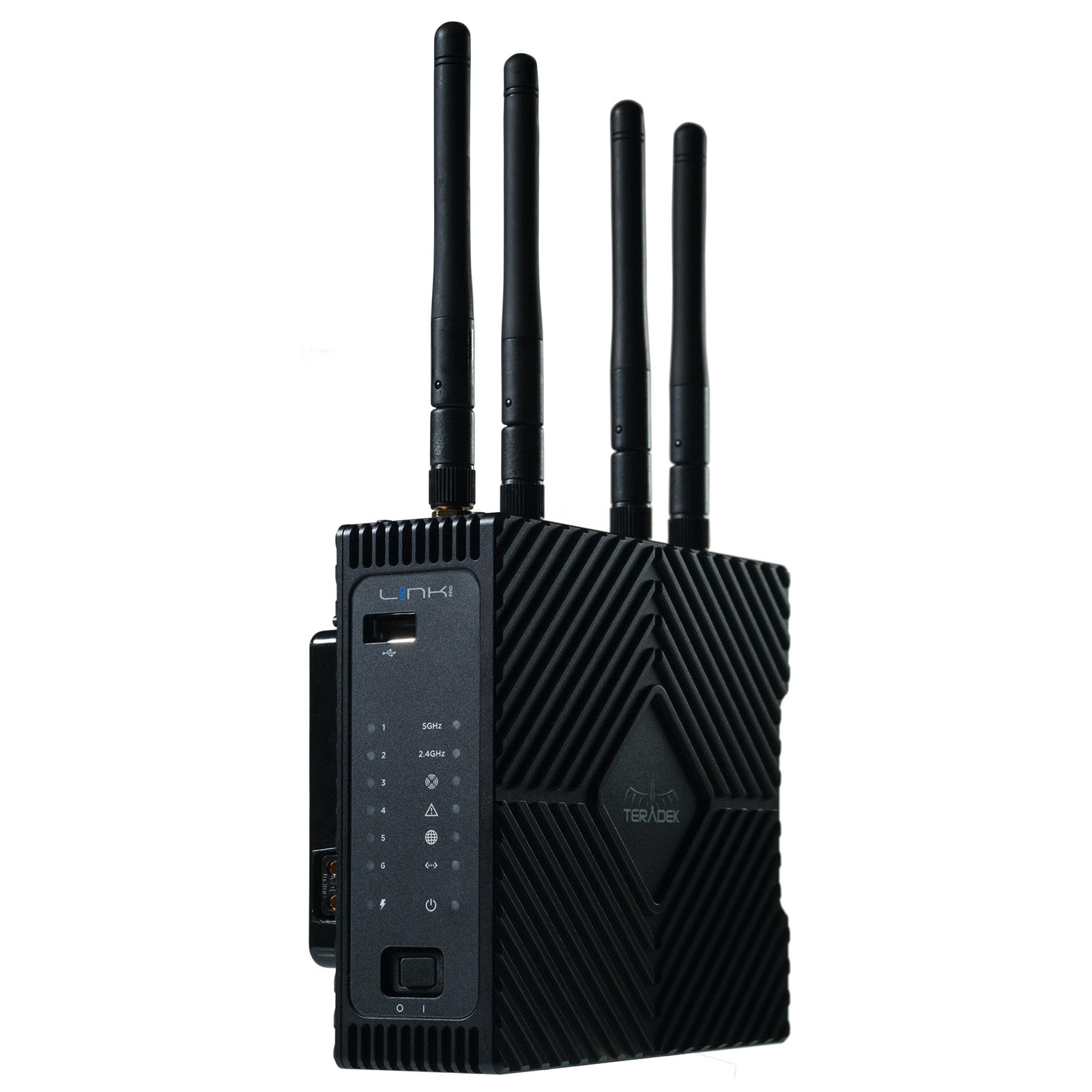
Networking equipment ranges from small hotspots to industrial, multi-sim, bonded modems to feature-rich routers to powerful antennas. The problem with all of this equipment, though, is very little of it is made exclusively for the set.
That may be okay for some productions, but others may require more robust purpose-built solutions.
As the role of the network manager is defined, the gear and equipment that person will deploy also needs to evolve. Production needs its own versions of modems and routers that fit the unique and specific needs of the set.
Heat management, battery power (based on standards like Gold Mount and V-Lock), mountability, portability, durability, and reliability are all important factors.
This also opens up new opportunities for production gear manufacturers to grow and develop a new segment of the market.
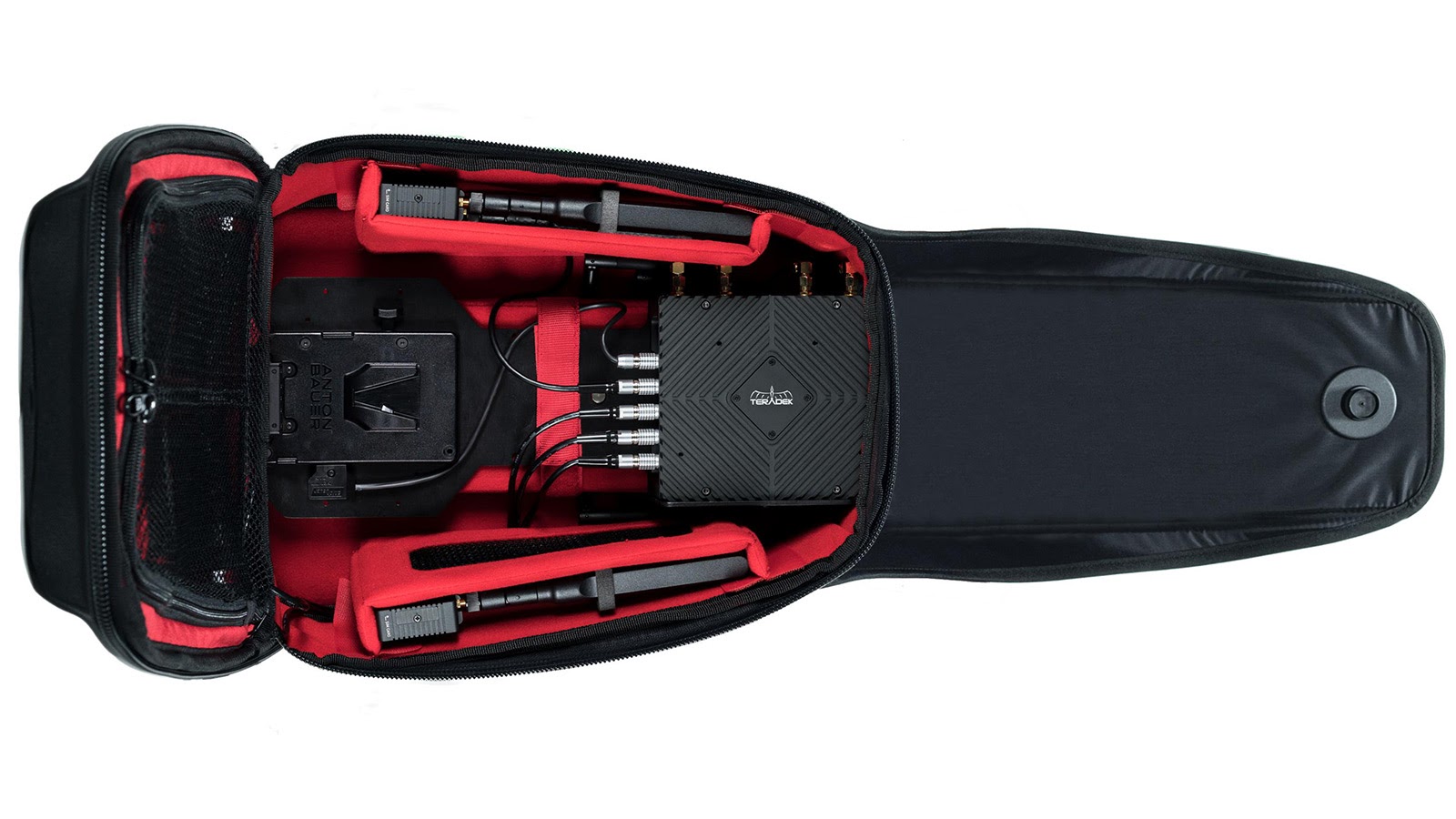
Similarly, this equipment has to come from somewhere. It’s possible that the gear may be included in kit rentals that many crew members already use. The network manager could purchase and maintain their own equipment and rent it back to the production. This is a well-established model that’s worked well for other types of crew members.
On the other hand, this is also something camera, sound, or production equipment rental houses can explore.
Rental houses have the ability to dig into research on best practices as well as draw on the experience of their clients to establish a strong expertise about the equipment. They already help productions select the right camera, lenses, lights, sound equipment, and more. Investing in networking only makes them that much more valuable to their clients.
The Future
Over the last year, many productions have realized that being able to work remotely gives them greater flexibility, saves time, and reduces stress.
If having internet access is what enables this way of working, it’s fair to say that the demand for on-set internet will only increase with time.

Similarly, the increase in network availability and bandwidth will spawn and inspire new workflows. With the deployment of advancements like Ultra Wide Band 5G, productions will soon be able to move original camera files directly up to the cloud from the set—and UWB 5G is gaining more coverage every day.
So whether the responsibility of sourcing, setting up, and managing the on-set network falls to the DIT, VTR, or to an entirely new role, and whether the equipment required to deploy that network is owned by the crew members or the rental houses, on-set networking will become standardized eventually.
Soon it will be just as vital, and just as common, to see a fully managed network on the set as it is to see DIT or VTR.
Time will tell how it will all develop and what roles may evolve. But what we can absolutely be sure of is that connecting to the internet and the cloud from the set is here to stay.

